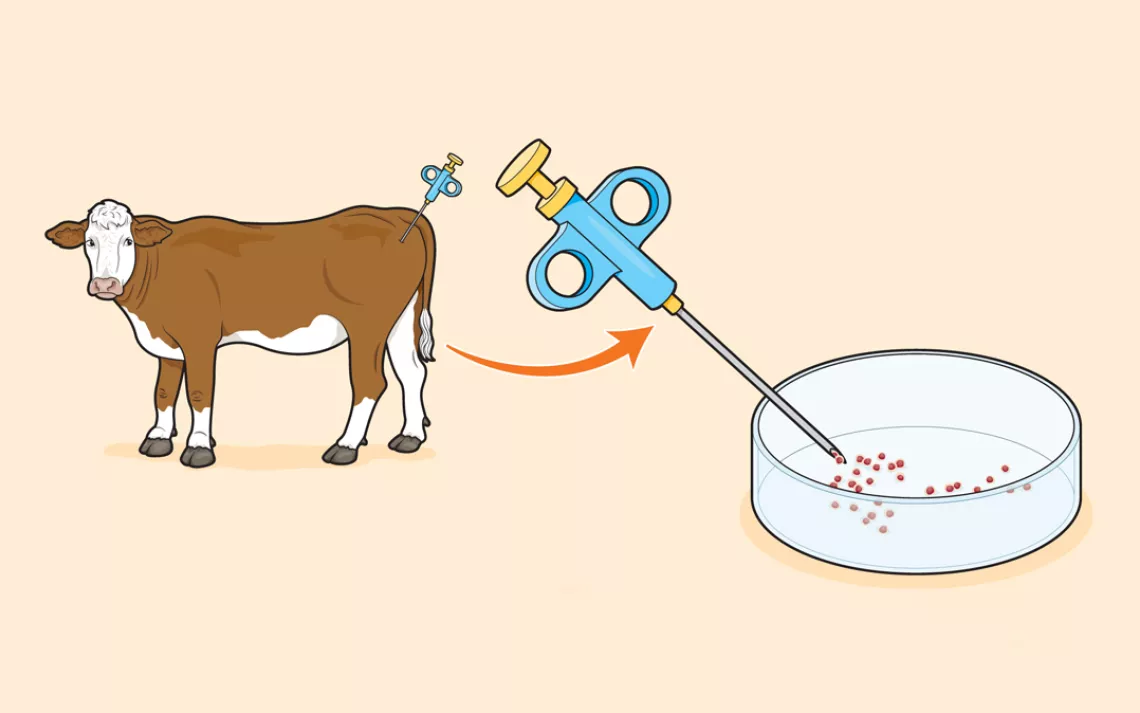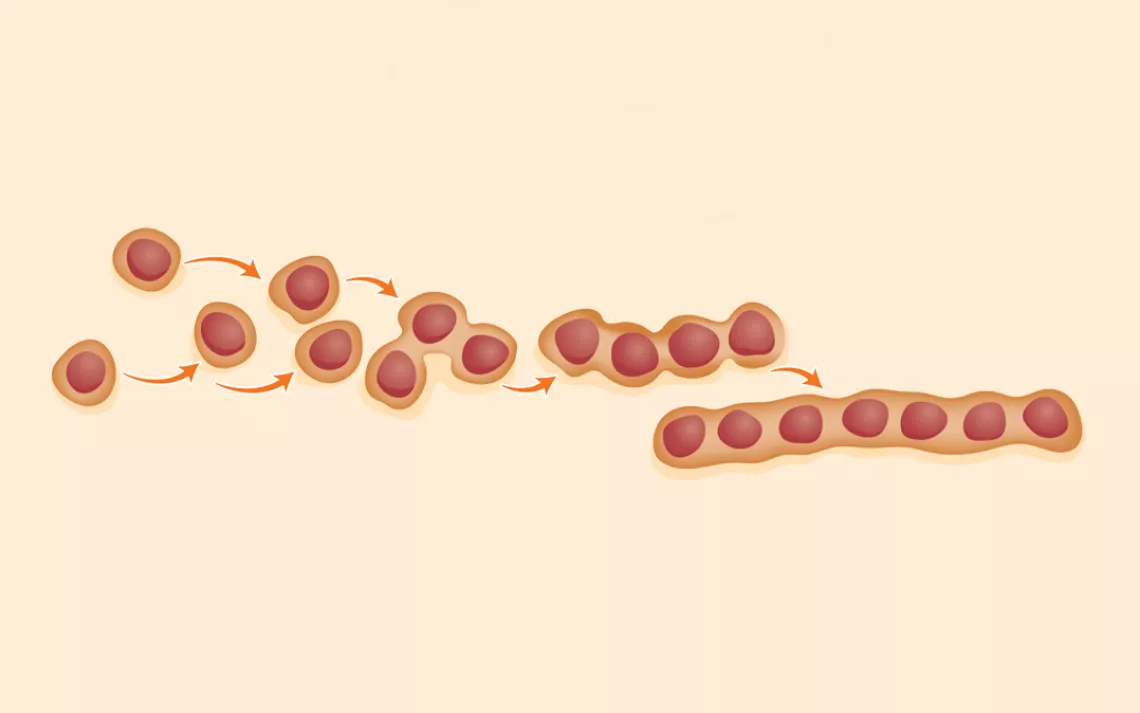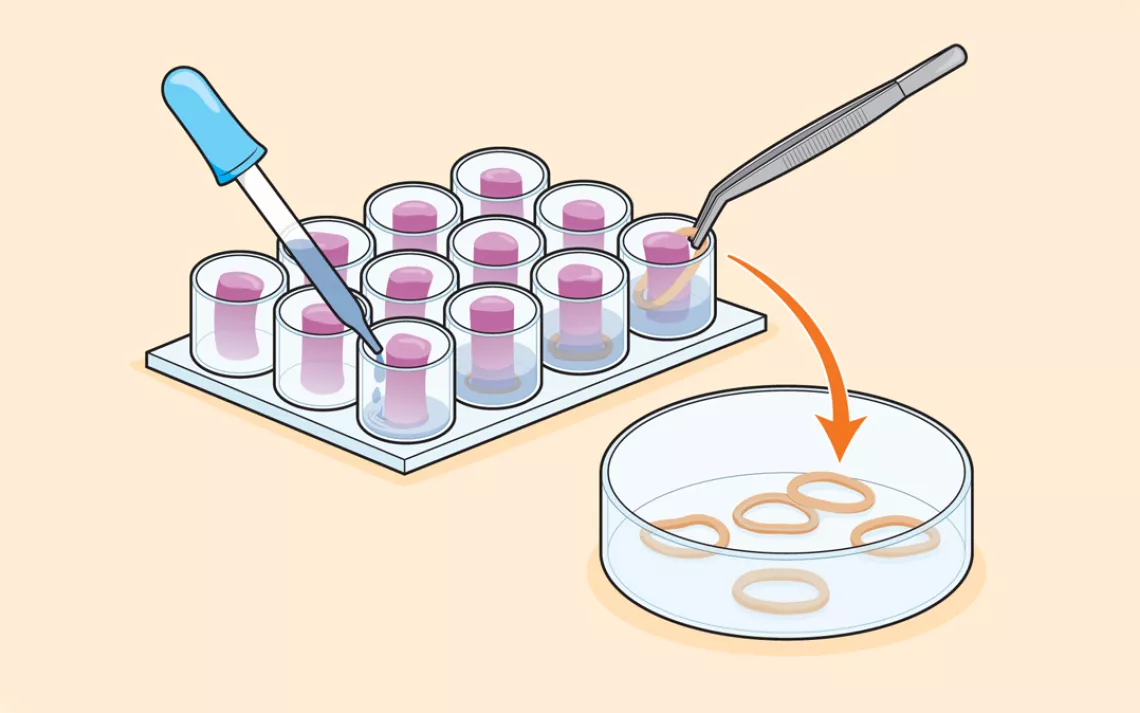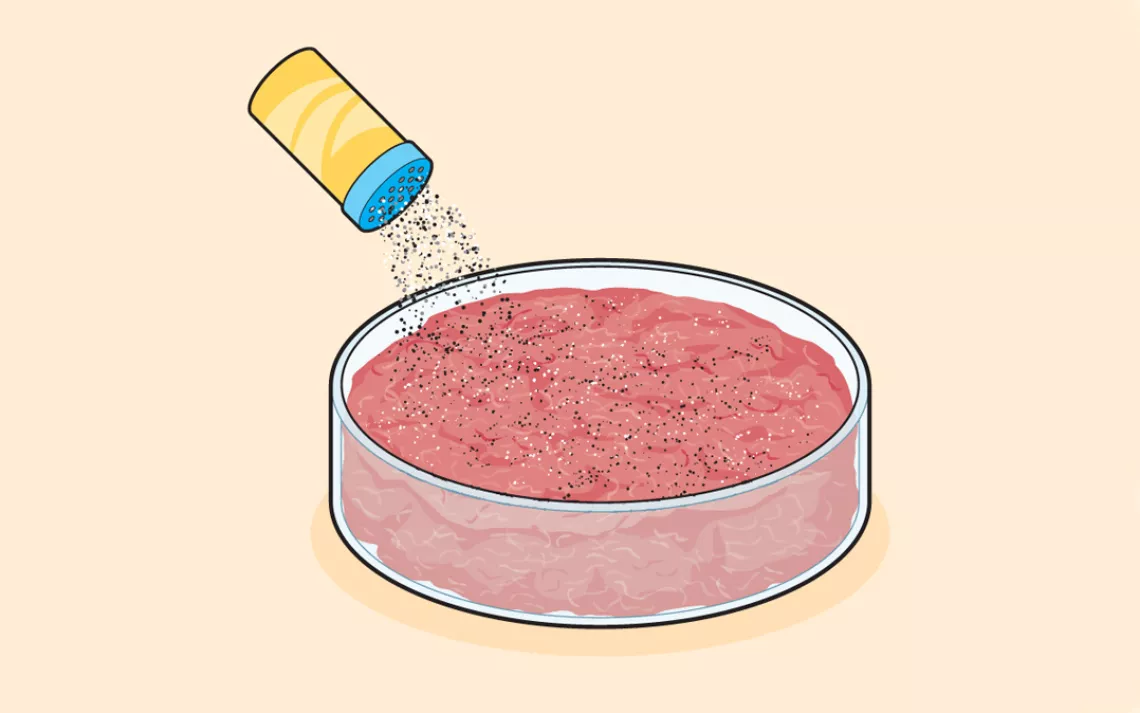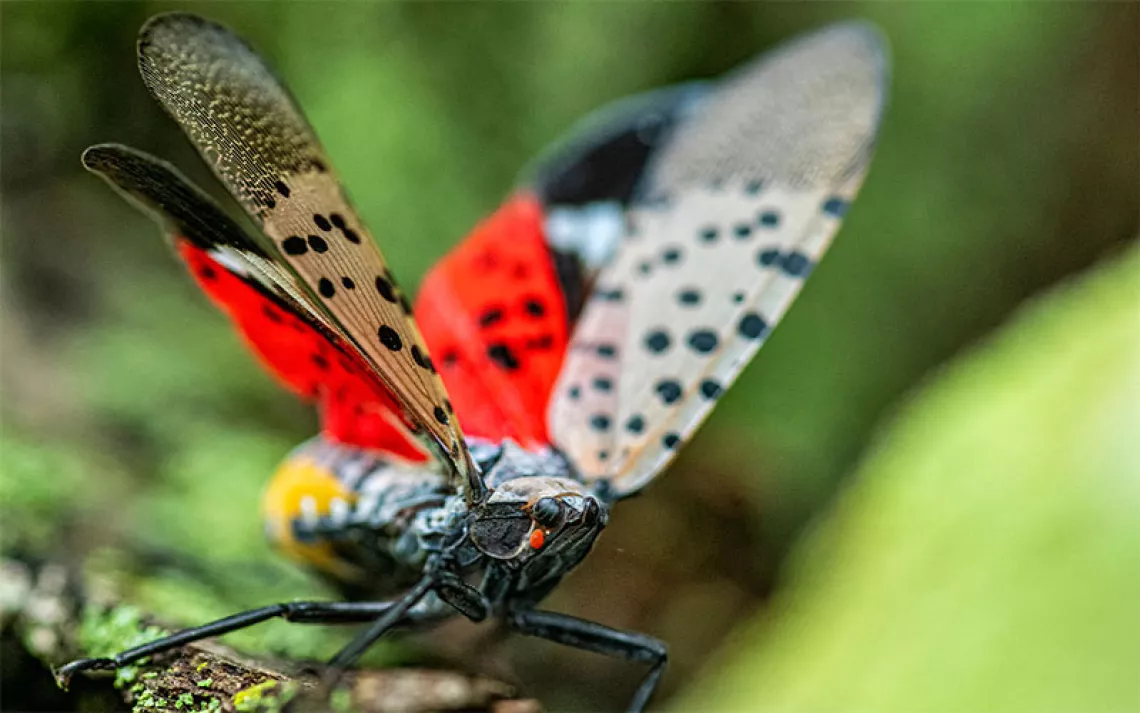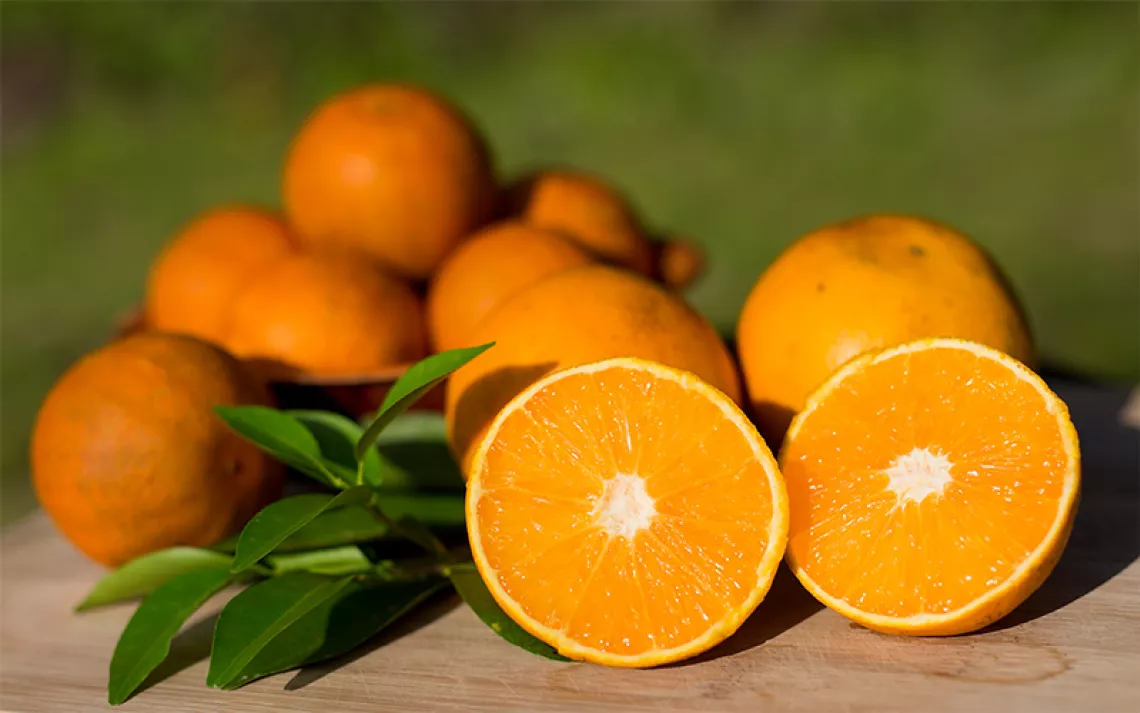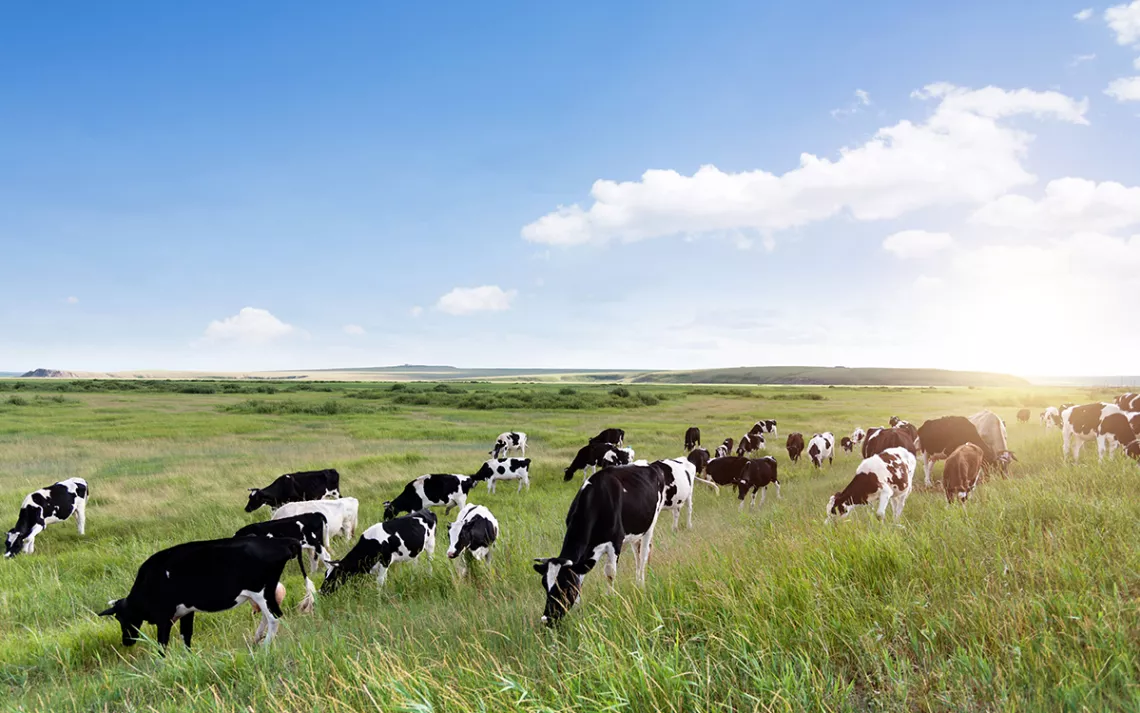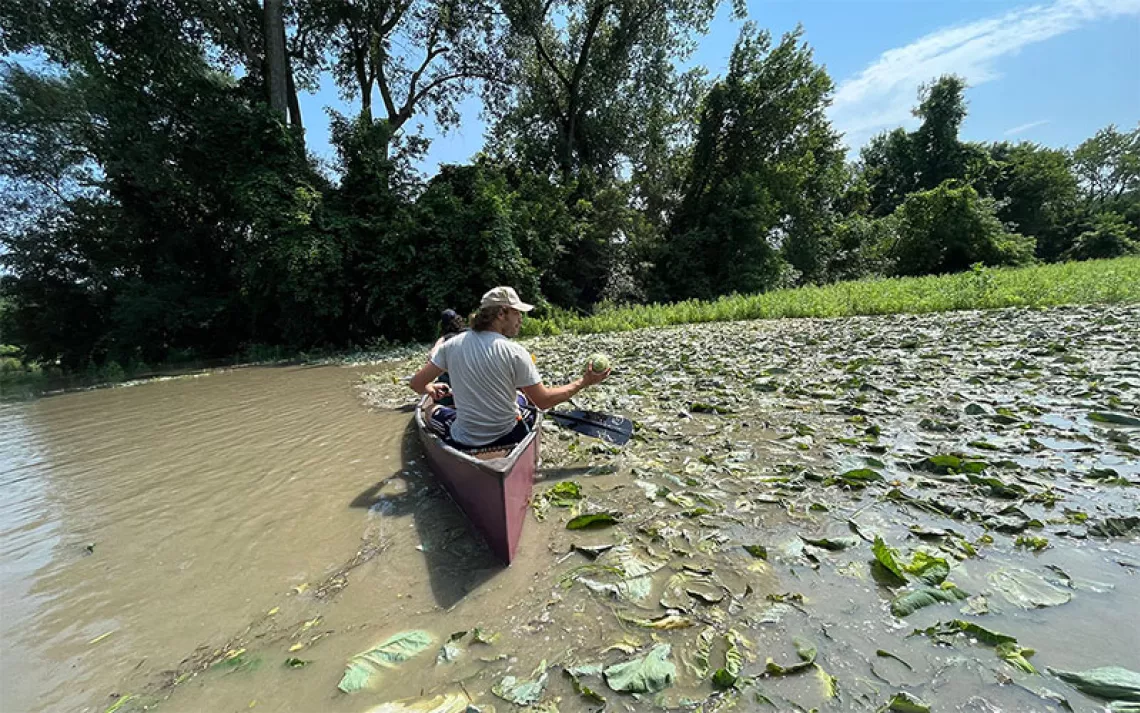The Art of Cultured Meat
"Cellular agriculture" is on its way to producing consumable meat products from a lab
Supporters of "cellular agriculture"—the production of food such as eggs and meat from cultures—say it has the potential to replace the practice of rearing animals for food. A 2011 theoretical study found that lab-based meat would require less water and land as well as prevent the release of methane, a potent greenhouse gas. However, while swapping pastures for petri dishes might be better for animals, growing the cells can suck up large amounts of heat and energy, a 2015 study suggests. Eager to get a taste of cultured meat fresh off the grill? Pros and cons aside, lab-created burgers like the one below—created by Dr. Mark Post, a tissue-engineering expert at Maastricht University, in the Netherlands—may take a decade or two before they hit the supermarket.
 The Magazine of The Sierra Club
The Magazine of The Sierra Club
